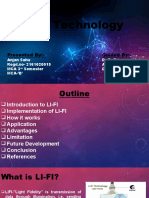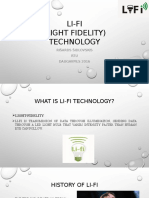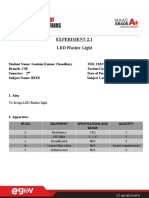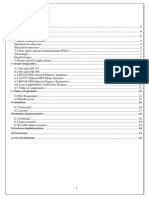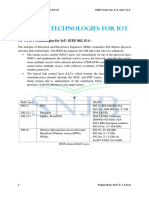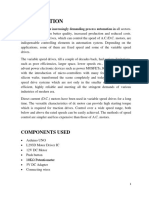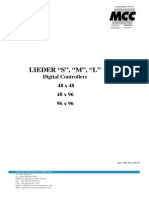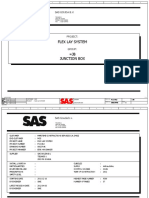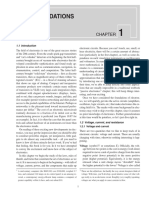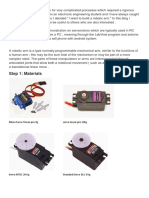100% found this document useful (1 vote)
674 views25 pagesArduino ppt-1
This document describes a project to control the speed of a DC motor using an Arduino microcontroller. An Arduino development board generates pulse width modulation signals to vary the speed of the motor by changing the voltage across its terminals. A motor driver IC interfaces between the Arduino and DC motor to receive the PWM signals and deliver the appropriate output to control the motor's speed. The Arduino code is programmed using the Arduino IDE to set different speed ranges as required. A potentiometer and push buttons provide input to select the speed. The project demonstrates successful speed control of a DC motor with an Arduino microcontroller and motor driver IC.
Uploaded by
Aman NaikyaCopyright
© © All Rights Reserved
We take content rights seriously. If you suspect this is your content, claim it here.
Available Formats
Download as PPTX, PDF, TXT or read online on Scribd
100% found this document useful (1 vote)
674 views25 pagesArduino ppt-1
This document describes a project to control the speed of a DC motor using an Arduino microcontroller. An Arduino development board generates pulse width modulation signals to vary the speed of the motor by changing the voltage across its terminals. A motor driver IC interfaces between the Arduino and DC motor to receive the PWM signals and deliver the appropriate output to control the motor's speed. The Arduino code is programmed using the Arduino IDE to set different speed ranges as required. A potentiometer and push buttons provide input to select the speed. The project demonstrates successful speed control of a DC motor with an Arduino microcontroller and motor driver IC.
Uploaded by
Aman NaikyaCopyright
© © All Rights Reserved
We take content rights seriously. If you suspect this is your content, claim it here.
Available Formats
Download as PPTX, PDF, TXT or read online on Scribd
/ 25



